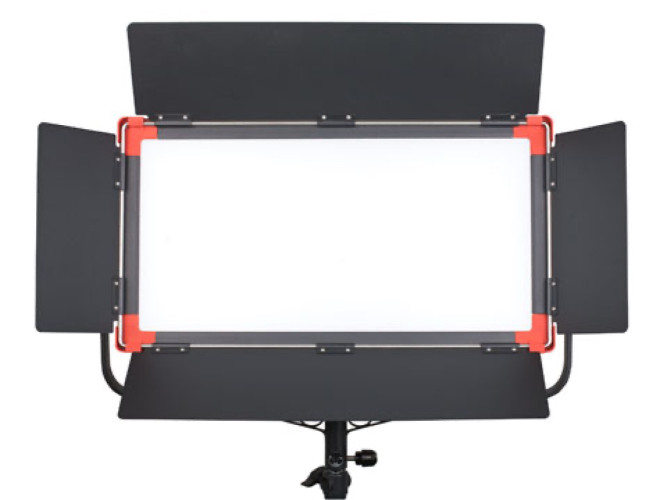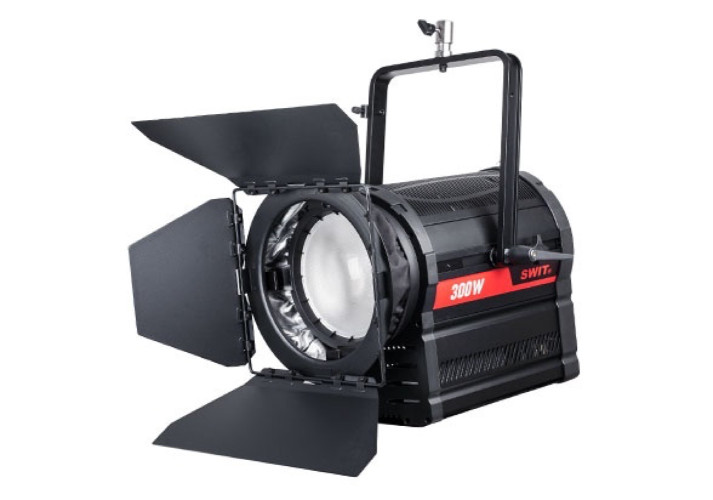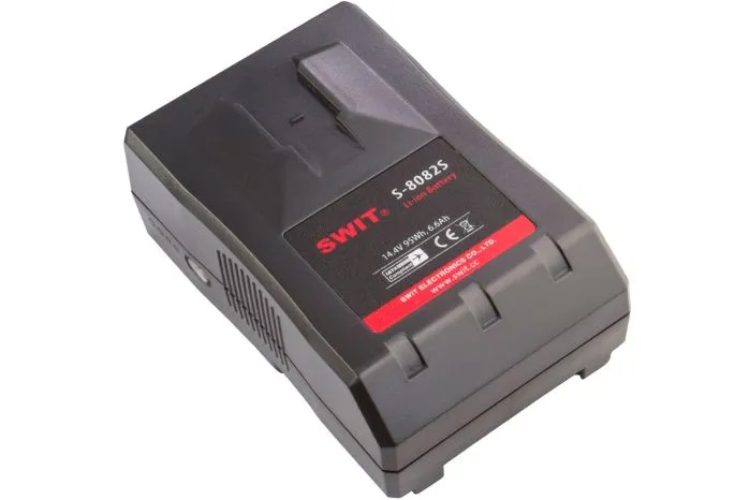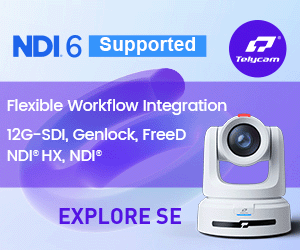One of the major changes for broadcasters during the pandemic has been the shift towards remote production; by no means a new phenomenon in an IP environment, yet accelerated under lockdown to accommodate travel and gathering restrictions. A 2021 report found that almost 40% of broadcast professionals now employ remote production, up 9% on the previous year. This trend has coincided with the Covid-mandated move to home working; nearly 60% reported a majority of their workforce working from home in 2021. With the necessity of remote working at an all-time high, it is crucial that broadcasters have access to the tools they need to operate, participate and collaborate from separate locations.
That is where KVM comes in. The “keyboard, video and mouse” hardware allows users to control multiple PCs from a single switch, enabling operators to access mission-critical software remotely, be it from the office next door, the other end of the building, an OB truck or the comfort of their own homes. As a result, conditions can be optimised for the equipment on the one hand and the staff on the other. A PC can be stored in a typically noisy server room environment, where the heat can also be controlled to an optimum temperature. Meanwhile the operators can enjoy a comfortable, user-friendly experience wherever they happen to be stationed. The technology started life in the military and medical sectors before its adoption by London post houses in the early 2000s, now expanded to increasing use in studios and OB trucks.
As experts in broadcast components and network solutions, Argosy was in the KVM market at the ground floor, when the technology’s adoption was fairly limited to the post production industry. With the cost of hardware and architecture coupled with the limited capacity of production control rooms, storage space is at a premium. By placing the KVM in a 1RU rack mount and adding a console drawer with a built-in screen, Argosy provided considerable savings for companies looking to remote their IT. Suddenly engineers could monitor multiple pieces of equipment from a single point. This spurred discussions for how far KVM could help in all kinds of different projects, from matrix solutions to IP capable switches.
The arrival of IP-based production has connected the broadcast infrastructure to the wider global IT infrastructure, resulting in cost savings, network improvements and signal transportation efficiencies. Such networks need to be supported by IP-based, 4K-ready switching and extension products. Argosy now stocks the full spectrum of KVM solutions for IP workflows, partnering with specialists in the field such as kvm-tec, Guntermann & Drunck (G&D) and ATEN. Austrian manufacturer kvm-tec lets users operate up to 16 PCs with just one mouse and one keyboard, its software operable in switching systems with up to 2000 endpoints. The German company G&D employs security functionality to safeguard against possible failure scenarios, while Taiwanese multinational ATEN incorporates high-resolution LCD screens to provide visibility in the tightest control environments.
Argosy works closely with our customers to deliver KVM solutions driven by their specific requirements and specifications. Through this collaborative process we can offer the KVM solution to suit any broadcast environment, whether that means a simple low-cost model for point-to-point control or a high-end, almost military-spec product for long-distance operations. For instance, remoting one workstation can be achieved using a simple structured cable cat6, whereas covering distances of a few kilometres is straightforward using a KVM with a fibre link. More advanced scenarios might require control of many PCs from a single standpoint or offering multiple people the capability to access multiple machines, in which case a matrix solution can be designed.
In the last few years, broadcasters might have been suddenly forced into a remote working environment without having time to update their infrastructure. Even on a legacy system, staff can use a gateway product, such as a piece of software, to virtually access their machines, monitor and manage that hardware from their homes. Such cases result in savings for the companies through not having to refresh their technology all the time. If they have an existing KVM solution, they can buy a new system, link it in through the gateway and control and manage their workstations from there.
Those savings are not merely financial; leaving equipment in a separate environment and operating it remotely as and when required results in less data traffic running through the system, as the end point only needs information at the moment of switching. The security benefits are equally important in the current climate. Piracy and cybersecurity concerns have rocketed in the last couple of years, making it essential for broadcasters to protect their data and video streams. Removing PCs from the working floor is one way of safeguarding that data, and trusted KVM solutions from Argosy and its partners enable home workers to access that information in a safe and secure pipeline.
The last few years have taught us that we never know what is around the corner, when plans might be disrupted and workforces dispersed. The advantages of using a KVM switch are therefore growing all the time. Not only can this technology streamline remote operations and save money on redundant hardware, it also reduces cabling and infrastructure, consolidates desk space and increases performance by having multiple computers working as one. Those savings in terms of money, space and efficiency ultimately help broadcasters to grow in an age of ever increasing competition. If the future of broadcasting is determined by mobility, the need for remote access is virtually indisputable.













































